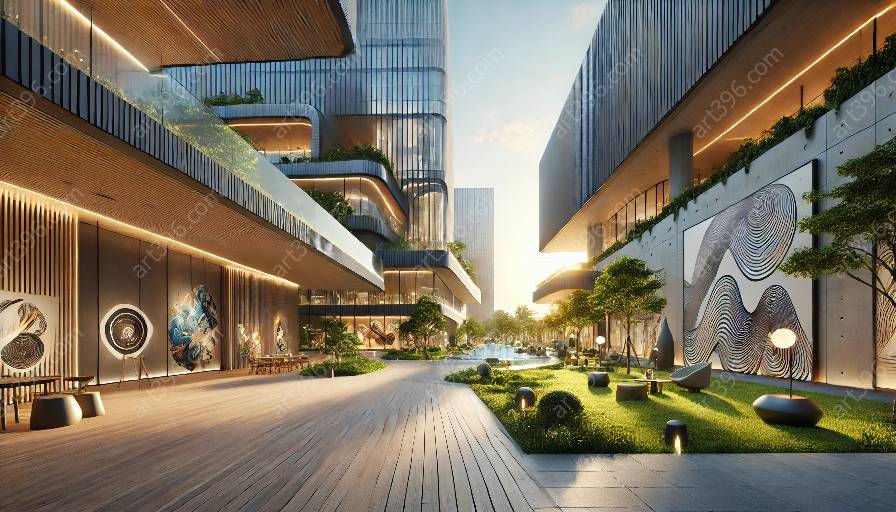The digital revolution has significantly impacted contemporary architectural representation and visualization, transforming the way architects and designers communicate their ideas and bring them to life. This transformation has been driven by technological advancements in digital tools and methods, leading to new opportunities and challenges in contemporary architecture practices.
Evolution of Architectural Representation and Visualization
Historically, architectural representation and visualization were primarily conveyed through hand-drawn sketches, physical models, and 2D drawings. However, the digital revolution has revolutionized these traditional methods by introducing powerful digital tools such as computer-aided design (CAD), Building Information Modeling (BIM), virtual reality (VR), and 3D modeling software.
This evolution has enabled architects to create more complex and detailed representations of their designs, allowing them to explore variations, iterate rapidly, and visualize the final built environment with greater accuracy. As a result, digital technologies have enhanced the efficiency and precision of architectural representation, offering a more immersive and interactive experience for both architects and clients.
Impact on Contemporary Architecture Practices
The influence of the digital revolution on contemporary architectural representation and visualization extends to its impact on architecture practices. Architects now have the ability to create digital models that accurately simulate real-world conditions, leading to more informed decision-making throughout the design and construction process.
Furthermore, digital tools have facilitated collaborative design processes, enabling architects, engineers, and other stakeholders to work together seamlessly, regardless of geographical boundaries. This collaborative approach has enhanced the integration of various design disciplines and allowed for more efficient communication among project teams.
Additionally, the use of virtual reality and augmented reality has transformed the way architects present their designs to clients and the public. These immersive technologies provide opportunities for stakeholders to experience architectural spaces before they are built, enhancing engagement and understanding of the design intent.
Challenges and Opportunities
While the digital revolution has brought numerous benefits to architectural representation and visualization, it has also presented challenges for contemporary architecture practices. Architects must navigate the complexities of managing large datasets, ensuring data security, and adapting to rapidly evolving digital tools and workflows.
Furthermore, the reliance on digital technologies raises concerns about the potential disconnect between the virtual representation of architecture and the physical reality of built environments. Balancing the benefits of digital visualization with the need to create sustainable, functional, and aesthetically pleasing spaces remains a critical consideration for contemporary architects.
Despite these challenges, the digital revolution has opened up new opportunities for architects to explore innovative design approaches, integrate sustainable design principles, and engage with diverse audiences through interactive and compelling architectural visualizations.
Conclusion
The digital revolution has fundamentally transformed contemporary architectural representation and visualization, reshaping the way architects conceive, communicate, and realize their design visions. By embracing digital tools and methods, contemporary architecture practices have expanded their capabilities to create more sophisticated, interactive, and impactful architectural representations, leading to a new era of architectural creativity and collaboration.

















































































